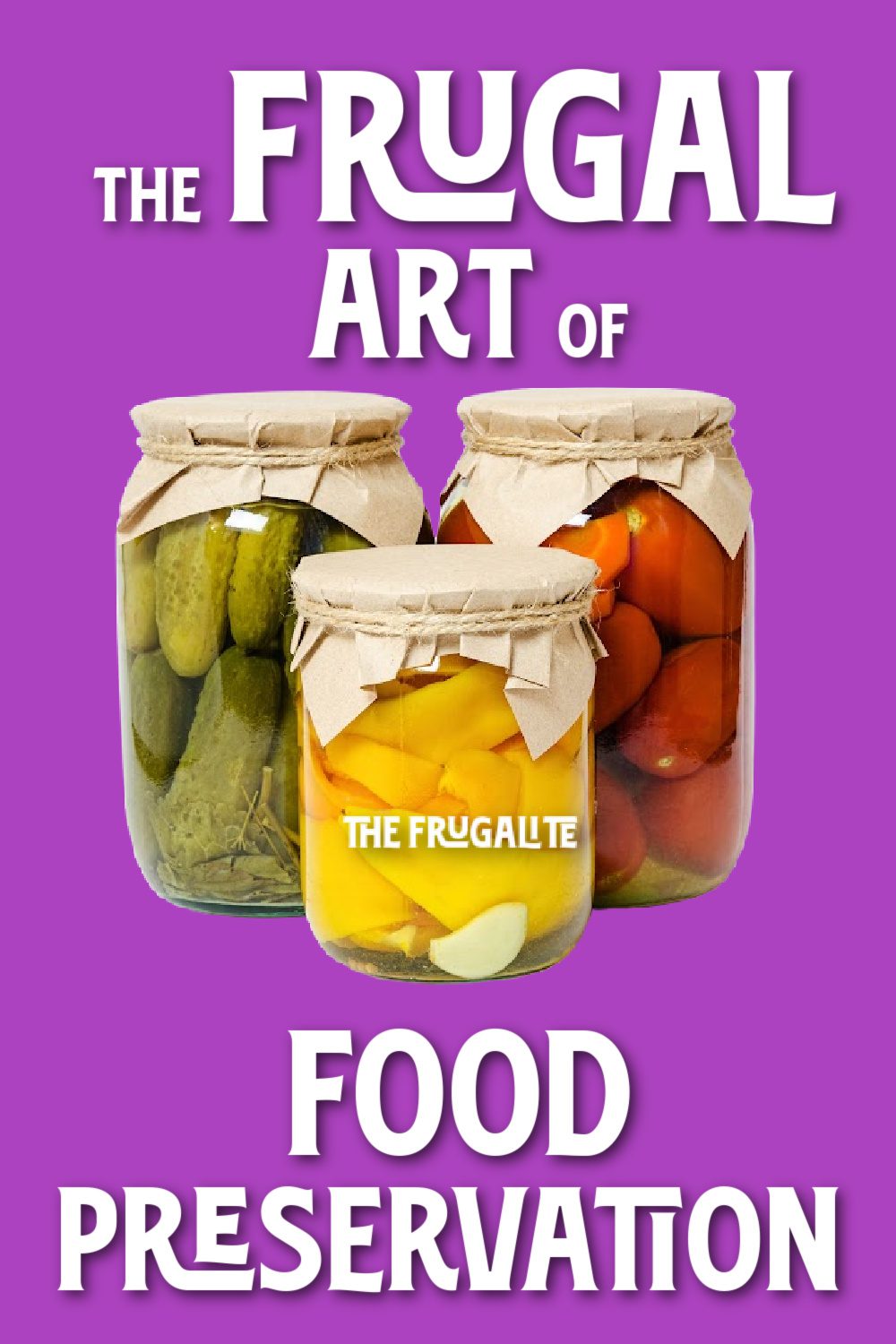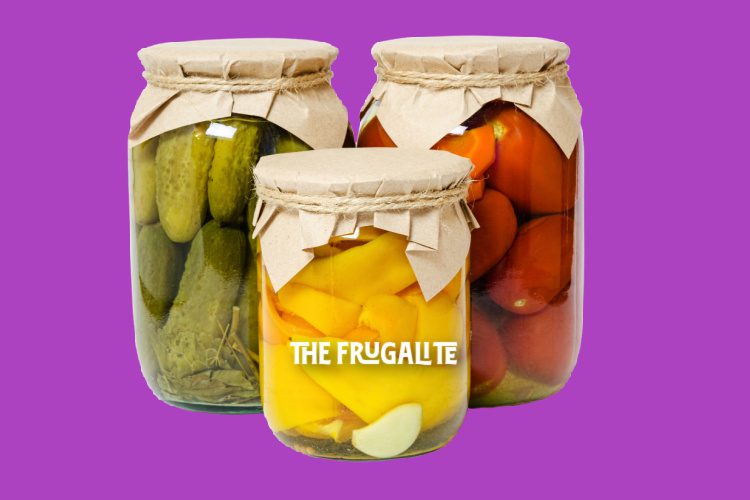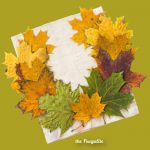(Psst: The FTC wants me to remind you that this website contains affiliate links. That means if you make a purchase from a link you click on, I might receive a small commission. This does not increase the price you’ll pay for that item nor does it decrease the awesomeness of the item. ~ Daisy)
by the author of The Prepper’s Canning Guide and the editor of How to Feed Your Family No Matter What
Are you looking for a way to buy things at their cheapest and save them for when the price goes up? Take a note from our ancestors and learn about food preservation.
I’ve long written about the benefits of an agrarian diet. That means going back to the ways of our ancestors and eating things when they’re in-season while also preserving as much of the harvest as possible to eat when fresh food is expensive or scarce. I’m not saying you have to go full-on caveman. If you’re anything like me, your granny probably canned and dried food as a way of life.
Preserving food can save you a lot of money. See this analysis that Indiana performed.
Embarking on a journey of food preservation can be as inexpensive or pricey as you want it to be. I suggest you start off modestly and make sure this is a practice you’ll keep up before investing a lot of money. Below are three methods that can provide savvy savings and tasty food for later.
Water Bath Canning
Water bath canning is a great way to dip your toe into the waters (no pun intended but that’s a good one) of food preservation. When you’re starting, you can actually use a large stockpot and folded dishtowel in place of a canner if money is really tight. If you enjoy it, you’ll probably want to invest in a canning set like this one which includes everything you need except the food and the jars. This set used to be closer to $30 before the pandemic, and the price is likely to continue to rise. In fact, it went up overnight after I wrote this article (holy guacamole!!!) from $70 to $108.
You can cobble together your own canning set for far less money. You need a 20+ quart stockpot with a lid (like this) and a kit like this with a jar lifter, funnel, and rack. The only gadgets I find absolutely essential are the jar lifter and the funnel. A folded dishtowel can serve as a fine substitute for a rack. You may also be able to find these supplies at your local Walmart or farm store.
I’ve found canners and canning supplies at yardsales, thrift stores, and online marketplaces. If you search diligently, someone else’s failed hobby may end up being a huge savings for you.
Water bath canning is a safe preservation for high acid food like tomato products, pickled products, and fruit. You cannot safely water bath can meat or most vegetables, regardless of how long you process them. it doesn’t matter of your grandmother did it. She probably didn’t use a seatbelt or carseat for her baby. We have safer methods now.
It’s vital, absolutely vital, to follow the rules of safe canning practices as laid out by the National Center for Home Food Preservation. To fail to do so, you risk botulism, which can be deadly or cause lifelong neurological problems. It’s absolutely not worth the risk.
For specific instructions on water bath canning go here.
Dehydrating
Dehydrating food is another way you can preserve food. You can go high tech or low tech with this. You can dehydrate food in your oven (although that might mean running up your electric bill), hang it to dry, or use a dehydrator. The method you choose will depend on a lot of variables. To name a few:
- Availability
- Humidity level
- Budget
Personally, I hang dry my herbs and use a dehydrator for everything else. I live in an apartment and have limited space so I have this little dehydrator and love it. It’s just a little bit bigger than a 4-slice toaster. I also recommend nonstick sheets for easy clean-up. Trust me, you’ll thank me for this. If you have a bigger family, you’ll want a bigger dehydrator, but for one or two people this is just right.
I dehydrate veggies and fruit, make snacks, and make veggie powders to add a boost of nutrients to soups and casseroles.
I wrote a detailed article about dehydrating here.
Pressure Canning
I adore pressure canning. You can preserve meat, low-acid vegetables, soups, and entire meals this way. If you want homemade “fast food” pressure canning will be ideal.
There aren’t any shortcuts here. You’ll need a real pressure canner to do this safely. I’ve used the Presto 23-quart pressure canner for years and been delighted with it. The gaskets are replaceable and I suggest you grab a spare or two.
Pressure canning is the only way to safely can low-acid foods. Here’s an article about exactly how to do it.
Food Preservation Resources
I’ve written a few books on food preservation and edited another. I also have a book I frequently recommend about dehydrating food. Don’t be deterred by the fact that these books were written with the prepper in mind. No bunker is required to follow this advice.
- The Prepper’s Canning Guide
- How to Feed Your Family No Matter What
- The Prepper’s Dehydrator Handbook
- The Seasonal Kitchen Companion
Learning to preserve food helps you to buy when prices are at their lowest and eat that food when prices are at their highest. And in this economy, that’s a bigger win than ever.
What’s your favorite food preservation method?
Do you preserve food? Do you feel like it saves money? What is your favorite method of preservation? Share your favorite ideas and resources in the comments.
About Daisy
Daisy Luther is a coffee-swigging, adventure-seeking, globe-trotting blogger. She is the founder and publisher of three websites. 1) The Organic Prepper, which is about current events, preparedness, self-reliance, and the pursuit of liberty; 2) The Frugalite, a website with thrifty tips and solutions to help people get a handle on their personal finances without feeling deprived; and 3) PreppersDailyNews.com, an aggregate site where you can find links to all the most important news for those who wish to be prepared. Her work is widely republished across alternative media and she has appeared in many interviews.
Daisy is the best-selling author of 5 traditionally published books, 12 self-published books, and runs a small digital publishing company with PDF guides, printables, and courses at SelfRelianceand Survival.com You can find her on Facebook, Pinterest, Gab, MeWe, Parler, Instagram, and Twitter.












3 thoughts on “The Frugal Art of Food Preservation”
I haven’t gotten brave enough to try pressure canning yet, but I’m having a lot of success (and fun, actually) with fermentation.
I was curious to learn what food preservation methods my ancestors might have been using in the pre-electric wagon train pioneer days, and this article covered even more than I was guessing about:
21 Old-School Ways to Preserve Food, By Ryan Dotson / Last updated on December 6, 2021
https://www.survivalsullivan.com/literally-every-way-preserve-food/
–Lewis
I pressure can, ferment, and dehydrate. Each has its good points and probably some drawbacks. I’ve help Mompressure can since 1951. Then canned for my family and taught and shared items with my younger son who wanted to learn. Hes now the proud owner of Moms 1951 pressure canner and a twin to it he bought cheap online. I have a 16 qt and a 23 qt pressure canner, 3 different water bath canners, and my old electric dehydrator finally quite working. I still dry diced 9nions or celery on a bedsheets laid I ut in the sun and contents stirred a few times a day to stop food from sticking to the cloth. I’ve dried tomato slices on untreated wood or tomato paste in wooden bowls in the sun. Herbs I usually tie in small bundles and hang in shade or inside a shed from the rafters to dry. I’ve dried somthings on window screens in the sun or haning over my pellet stove in my home. That is my favorite place to dry meats. Its hot and no flies bussing around in the winter inside. I can in glass jars and store dried vegetables or herbs in odd glass jars I’ve washed and saved. My home made seasoning mixes go in 4 or 6 oz jelly jars. I have older glass mayonnaise and pickle jars where I water bath can pickles or ferment cabbage (sourkraut) or some fermented sparkling fruit drinks. I like to add some grated carrots to cabbage for Russian style sourkraut. You can also make fermented veggies as pickles hot or not as you choose.
I dry corn in the cob then shatter it off to store it. I also roast some ears of corn then air dry or sun dry for chicos to add to soups. I shade dry raw cooking greens. Then break up the leaves and store in glass jars until I ready to use them. Add boiling water, a small amount of butter or olive oil and salt. Stir and cover while it rehydrates for 5 to 10 minutes. That rehydrates and cooks the greens. Especially good with spinach, chard, beet greens, and amaranth or lambsquarters leaves. Just add a pat of butter and squirt of lemon juice to each serving.
Green beans were split lengthwise almost to the stem end and hung on the clotheslines to dry in the sun. Called dutchess breaches they flavor is richer and almost meaty. Boil till rehydrated and tender with just a bit of salt.